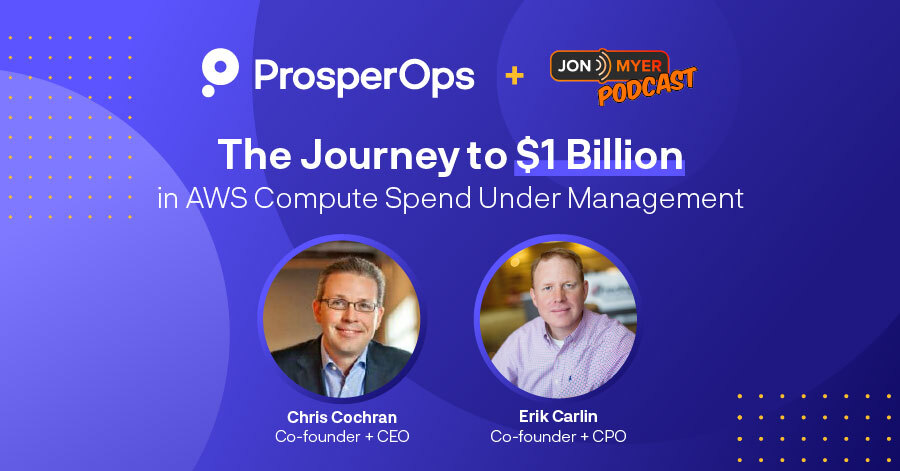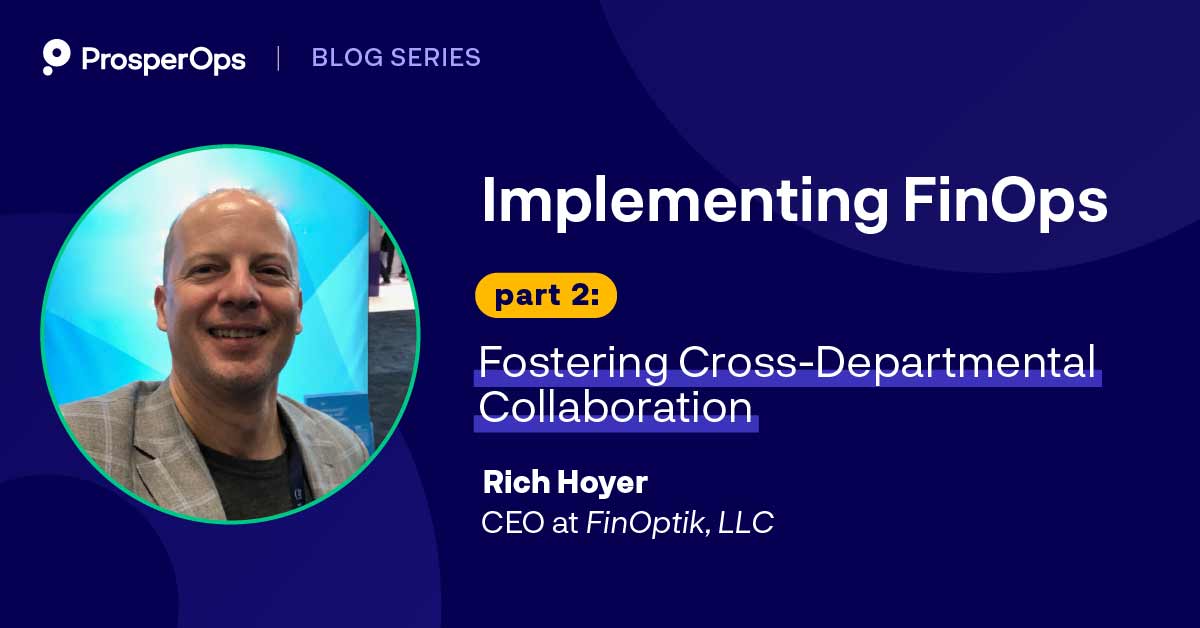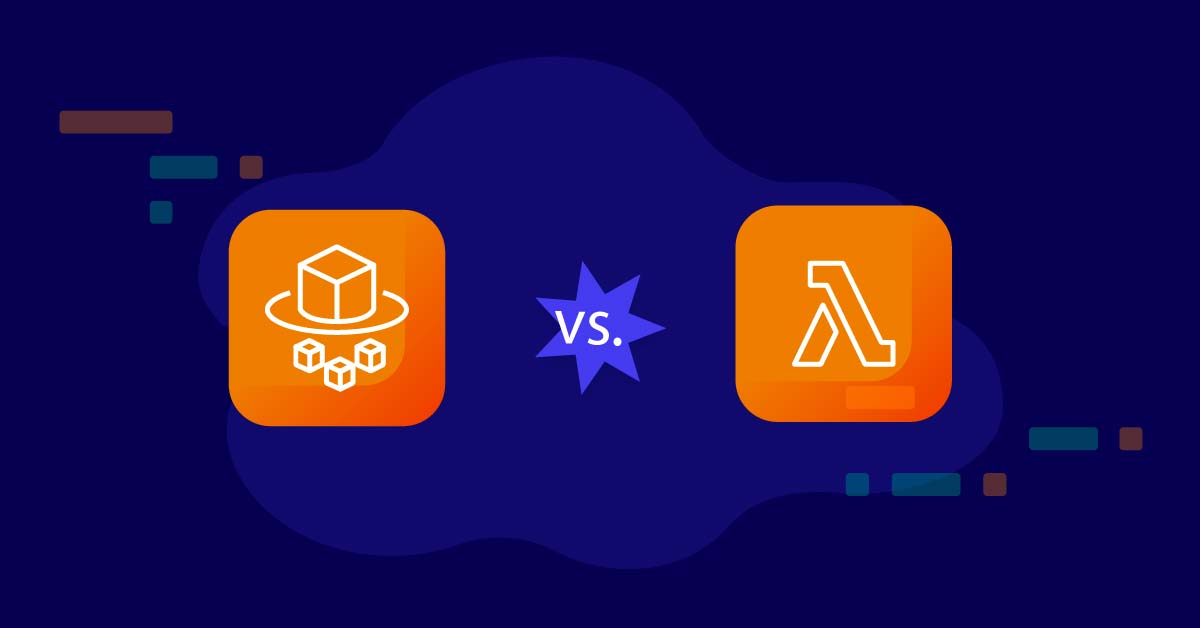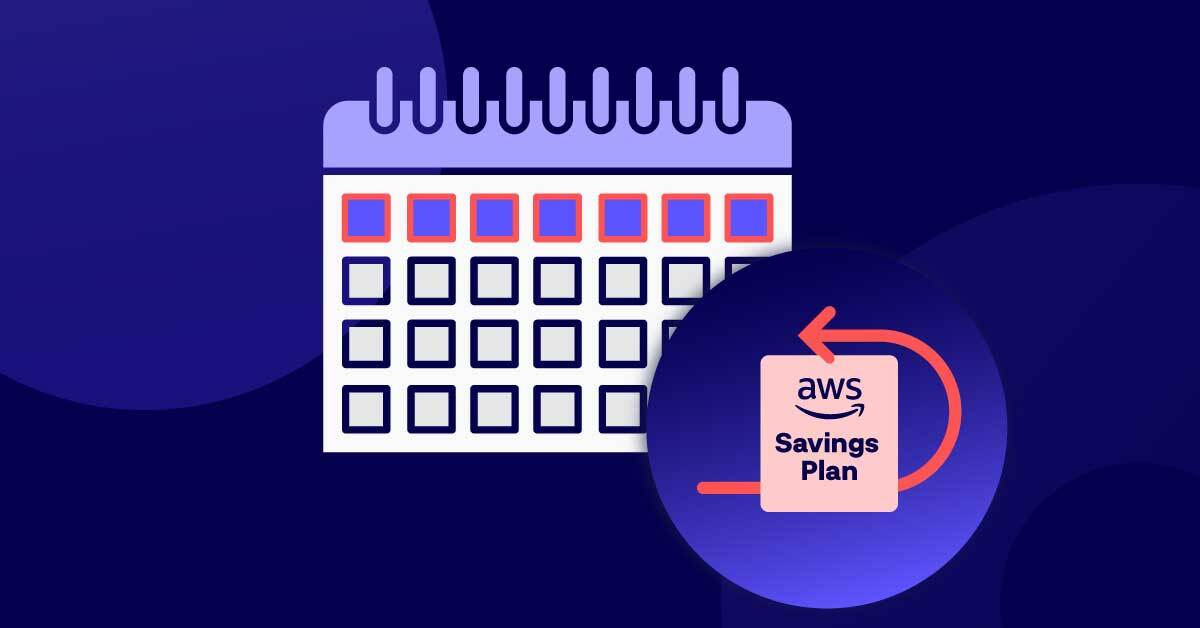ProsperOps Blog

Product
ProsperOps Expands to Google Cloud Platform: Early Access for Rate Optimization on Compute Engine
Alongside AWS, Google Cloud Platform (GCP) is one of the top public cloud providers with up to 18% market share and is one of the ...
Read More »

CompanyFinOps
Podcast: “ProsperOps Journey to $1 Billion in AWS Compute Spend Under Management”
Tune in or read on to learn how our co-founders Chris Cochran (Chief Executive Officer) and Erik Carlin (Chief Product Officer) met and started ProsperOps, ...
Read More »
All Posts
- Category
- BizOps
- Case Study
- Company
- DevOps
- Event
- FinOps
- Insights
- Podcast
- Product
Category
- Category
- BizOps
- Case Study
- Company
- DevOps
- Event
- FinOps
- Insights
- Podcast
- Product
Request a Free Savings Analysis
3 out of 4 customers see at least a 50% increase in savings.
Get a deeper understanding of your current cloud spend and savings, and find out how much more you can save with ProsperOps!
- Visualize your savings potential
- Benchmark performance vs. peers
- 10-minute setup, no strings attached










